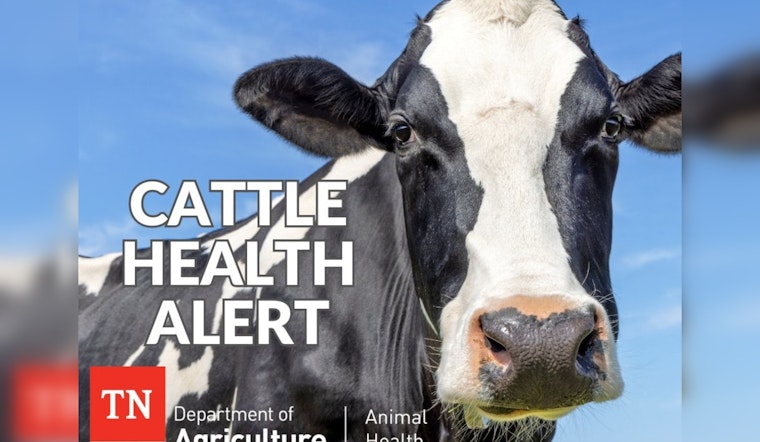
An enigmatic illness has taken hold in dairy cattle across Texas, Kansas, and New Mexico, prompting concerns in the agricultural community. The Tennessee Department of Agriculture made it known through social media that its officials are tracking this baffling sickness that has been linked to a range of symptoms, including a decrease in milk production and abnormal feeces. While the condition appears non-lethal, its spread has prompted increased vigilance among cattle producers.
The Tennessee Department of Agriculture is monitoring a condition affecting dairy cattle in Texas. The cause is still unknown and in the majority of animals does not appear to be fatal. (1/4) pic.twitter.com/q7R8IZm6G2
— TN Dept. of Ag (@TNAgriculture) March 21, 2024
Akin to the unease sweeping through the Southwest, the symptoms of the mystery ailment, according to WVLT, run the gamut from reduced rumen motility to loss of appetite, with varying secondary signs such as respiratory diseases and fever. In a statement obtained by WVLT, officials reassured the public that the disease seemed not to be deadly and had not affected beef cows or posed any risks via milk, as a precautionary measure was taken to keep milk from afflicted cows out of the food supply.
Cases have not yet been reported in Tennessee, but patience is wearing thin among officials as the outbreak grows more pressing. To counter any potential spread, producers are being reminded to quarantine new additions to their herds for two weeks. Producers noticing signs of ill health in their stock, or veterinarians encountering baffling symptoms, are implored to contact the Tennessee State Veterinarian's office.
The symptoms were initially reported several weeks ago in a publication by Ag Proud, which detailed an illness causing a drop in rumen motility and a considerable descent in milk production. Affected herds seem to involve more senior cows, especially those beyond 150 days in milk. Observing cow recovery, the American Association of Bovine Practitioners estimates that while most recover within two to three weeks, a fraction struggles to regain full health, facing setbacks such as pneumonia and clinical mastitis. In the statement obtained by Ag Proud, an estimation suggests that between 5%-10% of the dairy cattle herds are affected.









-1.webp?w=1000&h=1000&fit=crop&crop:edges)